
Swiss street art thrives in the mainstream
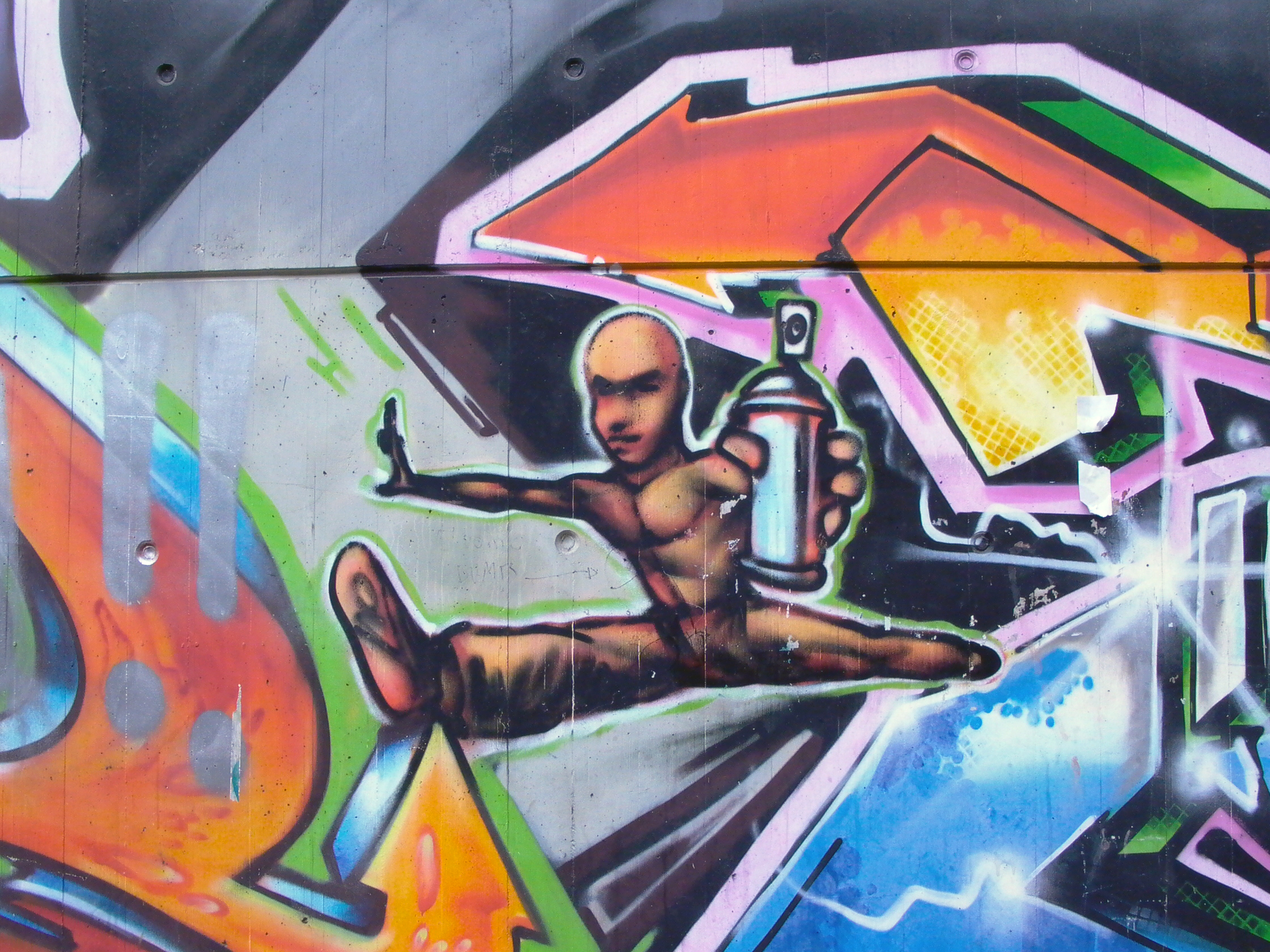
Jerking awake on the daily commute from Zurich, the sight of a large, green/grey wild-eyed face plastered on concrete heralds the onset of Bern’s urban outskirts.
As the train nears its destination, the concrete track barriers become increasingly colourful. Huge painted letters and words – some fading with age, some clearly more recent – adorn the walls alongside sprayed tags and cartoon-like figures.
Swiss cities are recognised the world over for their cleanliness – so it may come as a surprise that they are also notable for a thriving street art scene.
“There’s a fair bit of graffiti in Switzerland when you consider the size of the population and the country,” said Mike, creator of the graffiti archive website geneva-graffiti.ch who preferred not to provide his surname.
And although the general public continue to frown upon the seemingly endless “tagging” of public spaces, Switzerland’s original sprayers have matured into 30-something urban artists whose work is in high demand.
Having started out spraying letters on walls while still in high school, Harun Dogan aka Shark, is co-founder of RawCut creative design studio which produces urban art pieces for fashion stores, restaurants, museums and commercial brands.
“In the graffiti time it was really uncool to work for a brand,” said Dogan of the scene which first asserted itself in Switzerland in the late 1980s.
“There are still people around who are doing a lot of illegal stuff, but I guess also what has changed is that the young people see that the old classic guys are making money with that.”
From the streets
Electrified by the emergence of the breakdance culture coming out of New York in the 1980s, Switzerland’s teenagers were quick to tap into the accompanying graffiti scene and try to make it their own.
They grabbed spray cans, gave themselves nick-names, and hit the streets, plastering walls in the suburbs with tags and names as a way of reaching out to others interested in what was then still very much an underground sub-culture.
“I was interested in breakdance, in graffiti, and as it was something that was not very developed in Geneva… we were putting our names on the walls all over the place and that allowed others who were doing the same thing to know we were there,” said Mike who was 14 when he first became interested in graffiti.
“There was a side to it that was a bit ego, another that was a bit territorial.”
Others went for the big stuff, with the abundance of wall space along the barriers of the country’s major trains lines in Zurich and Basel becoming renowned across Europe for the inherent creativity in the graffiti emerging there.
“Especially Basel, with the really big train line, which was illegal but people painted there for a couple of hours at night, doing really big murals,” said Dogan, who cited US films such as 1983’s Style Wars as a catapult for launching the graffiti culture in Europe.
Swiss style
For Zurich-based installation artist Ata Bozaci aka Toast, the early scene in Basel was a “graffiti mecca” where writers such as Sigi von Koeding aka Dare first began to make a name for themselves.
“The graffiti community was small and concise. Therefore city-typical styles developed like the Berlin and Dortmund style,” said Bozaci. “The scene in Switzerland was small but innovative.”
For Dogun, Switzerland had a problem in developing its own style because cities were small and lacking in the urbanity that larger European cities such as London or Berlin had developed in the post-war period.
“We don’t have old buildings,” Dogun said. “The one big difference is that maybe in the beginning the quality that we had was really high. We have a really educated school system, an educated design feeling, and that’s why a lot of good graffiti artists came out from Switzerland and earned that fame worldwide.”
But almost even before cities could begin to assert a unique style through the calligraphy or form of letters taken by sprayers, the arrival of internet meant budding graffiti artists now had access to a veritable treasure trove of graffiti styles from around the world.
“With the internet we can see everything that is being done elsewhere and it’s true that it’s more difficult to define to which city or country a graffiti belongs because everyone is copying a bit of what is being done elsewhere,” said Mike. “In Switzerland the graffiti is a bit of a melting pot of graffiti from all over the world.”
Into the mainstream
As styles began to merge, traditional graffiti artists began moving away from spraying letters and into experimenting with new techniques such as stencils, screen printing, stickers and acrylic.
“Tags are very badly accepted by the public because it’s something that escapes them. They don’t find it pretty, they don’t understand it,” said Mike. “But murals, the majority of people like them a lot.”
The emergence of British graffiti artist Banksy, who began using stencils and to paint works with specific messages, suddenly made street art accessible to a wider population.
“The Banksy phenomenon, for everybody, for the little child or the old man, it’s readable, he understands the message,” said Dogun.
“Switzerland was one of the first countries that really understood, could handle the art factor of the urban art, of graffiti. We had really early exhibitions, we really had people who spent money for that. I remember back in the 90s, I was living from just doing painting jobs, everything with a spray can, that was really popular.”
While Swiss graffiti still has an element of the “underground” to it, many aspiring graphic designers see street art as a path to a career as an artist, said Mike.
“In the 90’s it was something that was almost like vandalism, today it is starting to be recognised as an art form,” he said. ”It is an art which is still evolving. Graffiti today is the urban culture of our time, and it is something that is very important in representing our time.”
Street art began appearing in Switzerland as early as the late 1970s when the so-called “Sprayer of Zurich”, Harald Naegeli, began anonymously spray-painting wire-frame figures on building walls in Zurich.
Describing himself as a political artist, Naegeli sprayed about 1,000 works around the city, an activity which culminated in his arrest in 1979 for defacing public property. Escaping to Germany, Naegeli was sentenced to prison in absentia, while in Zurich, the artistic community rallied to his defence.
Naegeli finally turned himself in to Swiss authorities in 1984, subsequently spending nine months in prison.
Modern graffiti arrived in Switzerland in the mid-1980s when the breakdance and hip-hop culture began emerging from New York.
Early illegal works dominated train lines around Zurich and Basel, with sprayers working under the cover of night.
With the arrival of new media, graffiti styles increasingly began to merge, while the use of stickers, stencils and other media began to transform graffiti into the more mainstream urban art.
As the public began to be more accepting of this new art form, local councils began to recognise its value as a form of youth expression, allocating “free spaces” for legal graffiti.
However, local authorities continue a robust programme of cleaning buildings of graffiti, resulting in the emergence of city-based websites designed to act as an archive for lost works.

In compliance with the JTI standards
More: SWI swissinfo.ch certified by the Journalism Trust Initiative































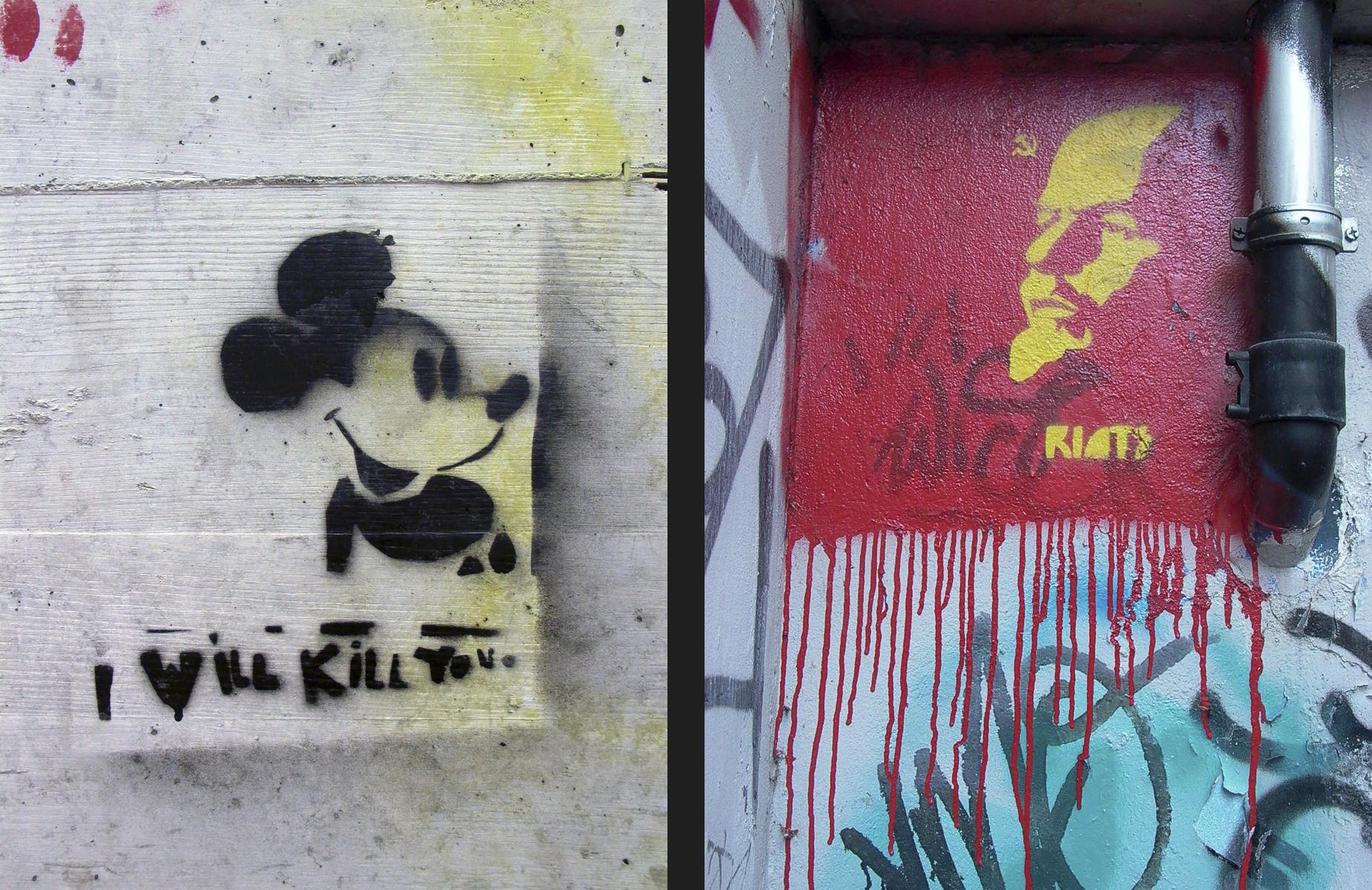
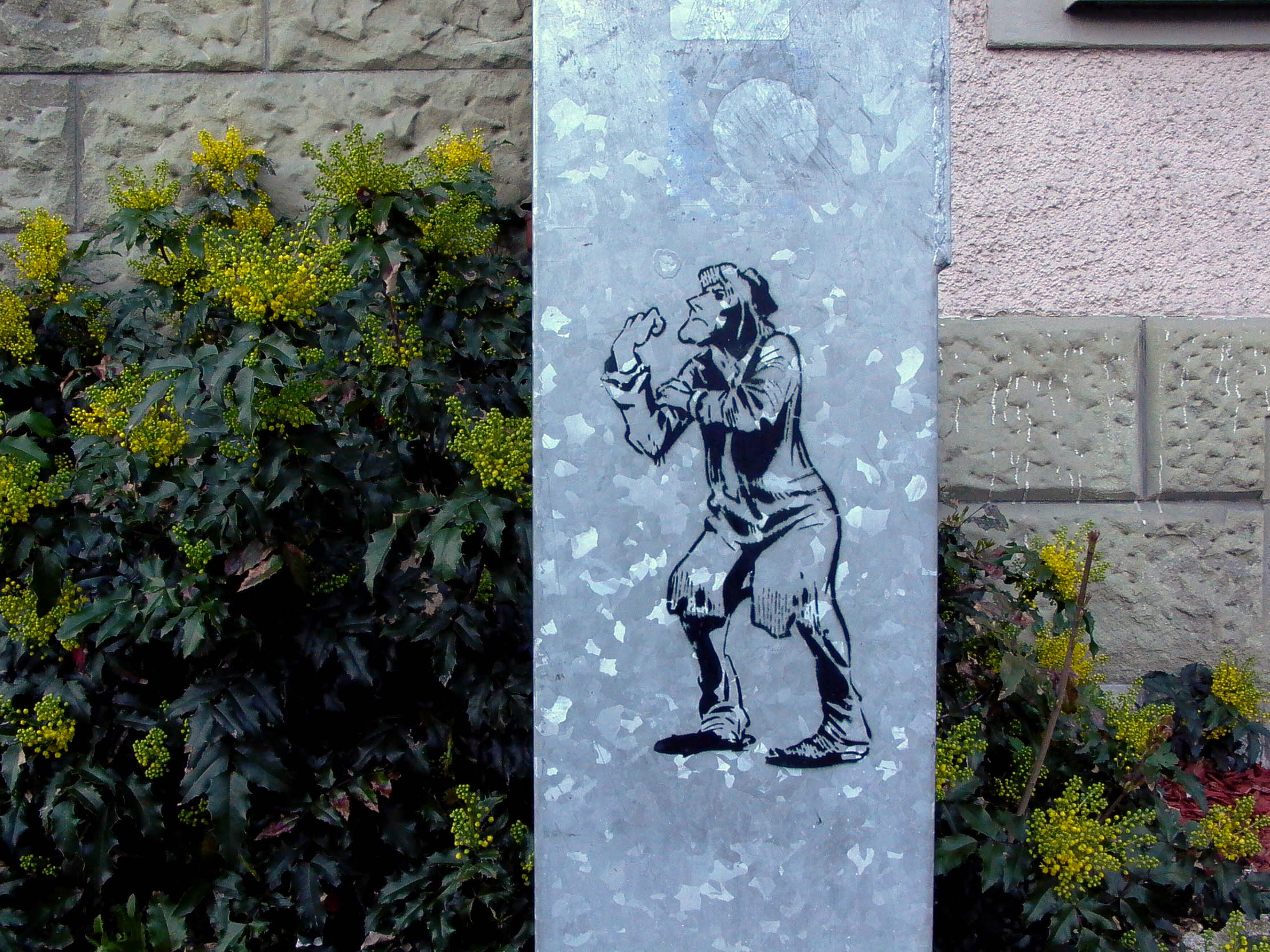

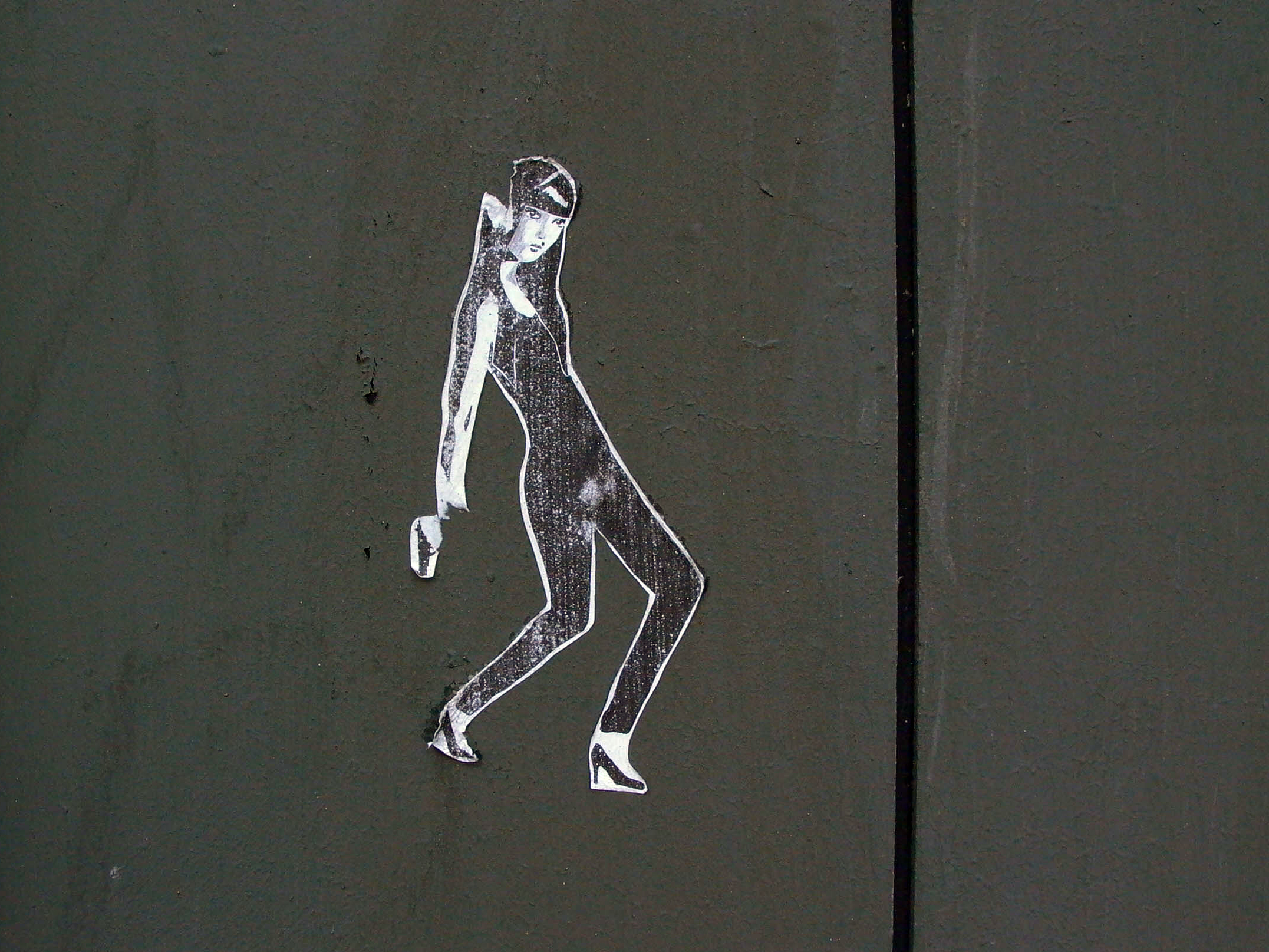
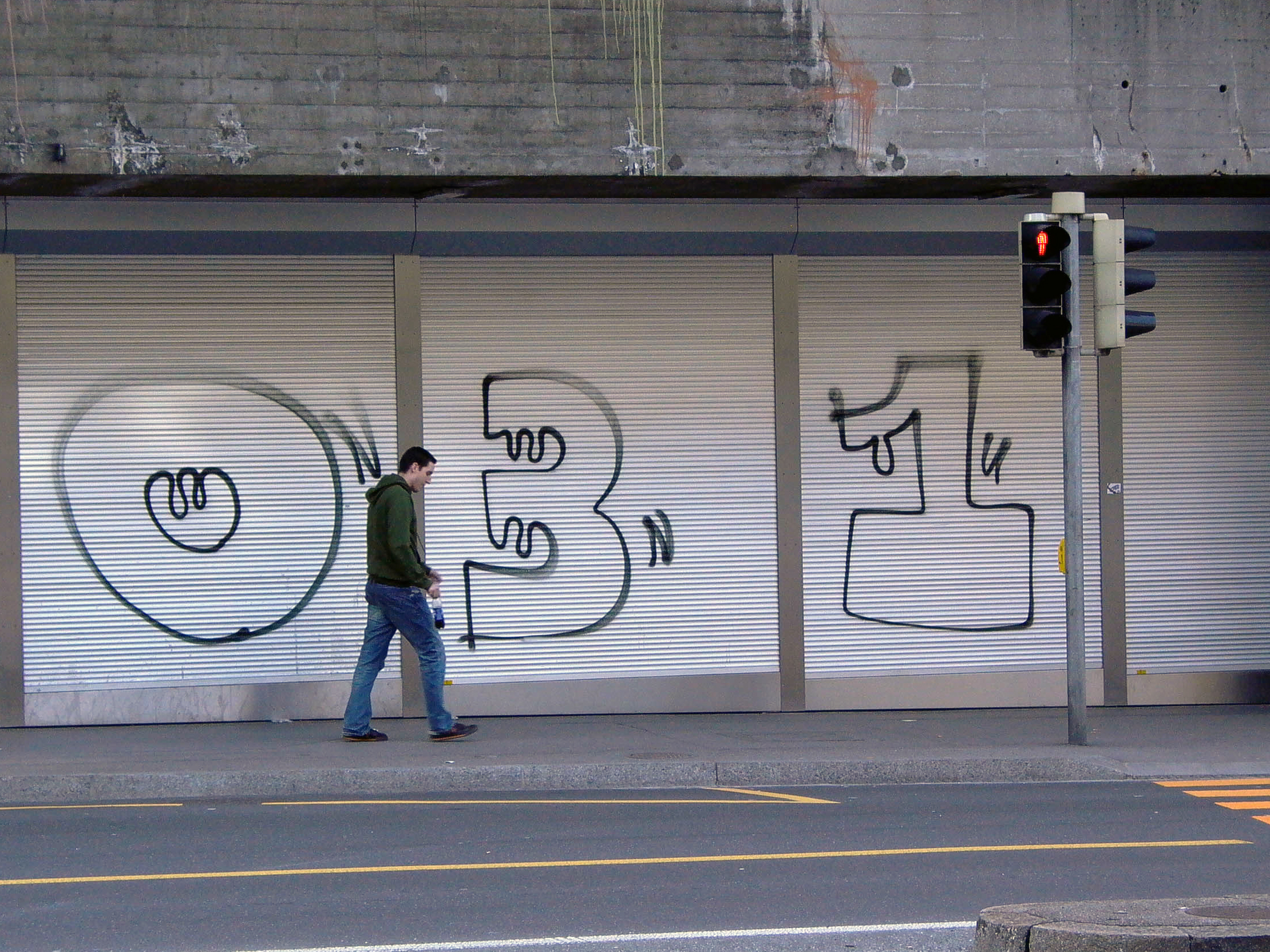

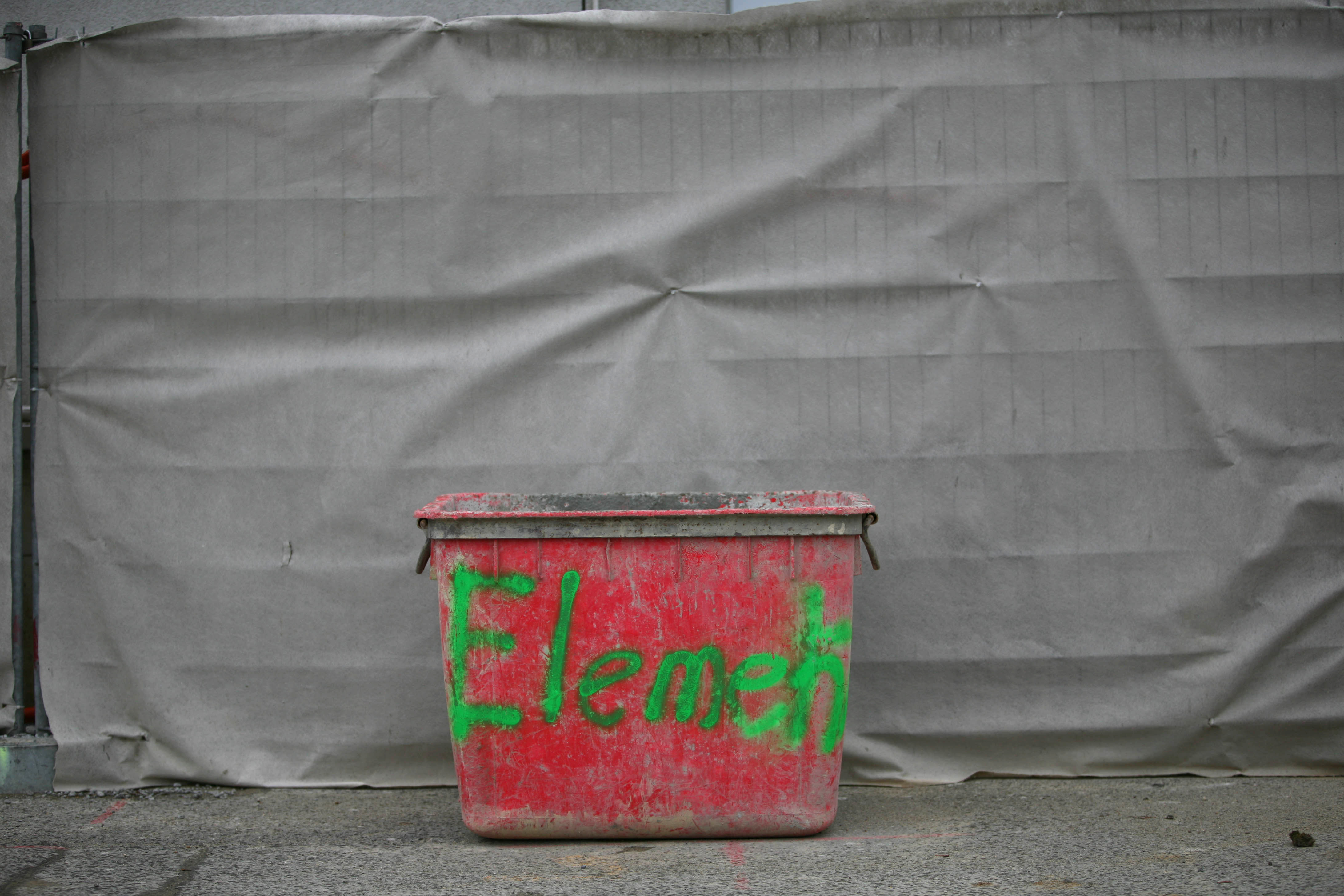
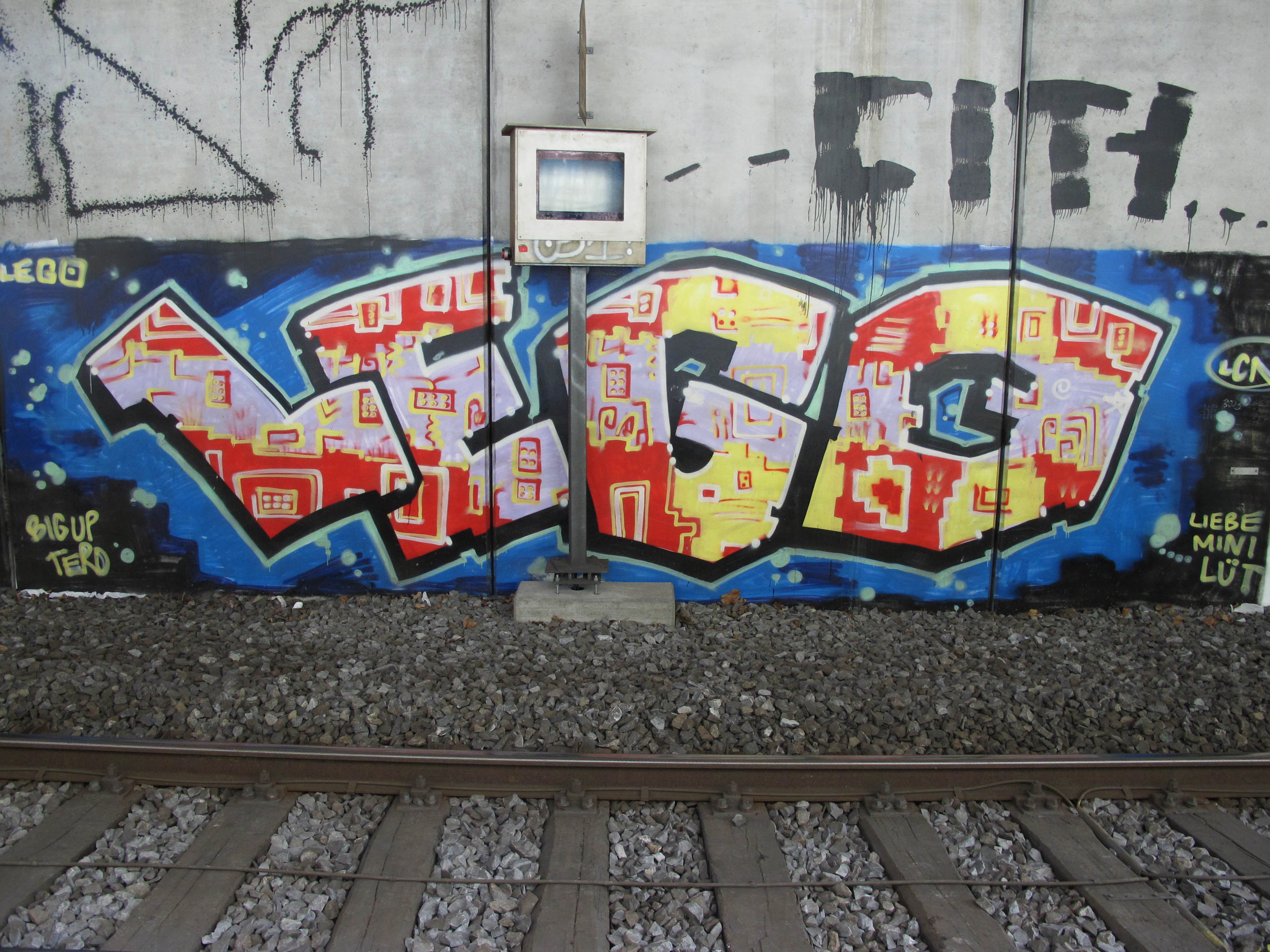
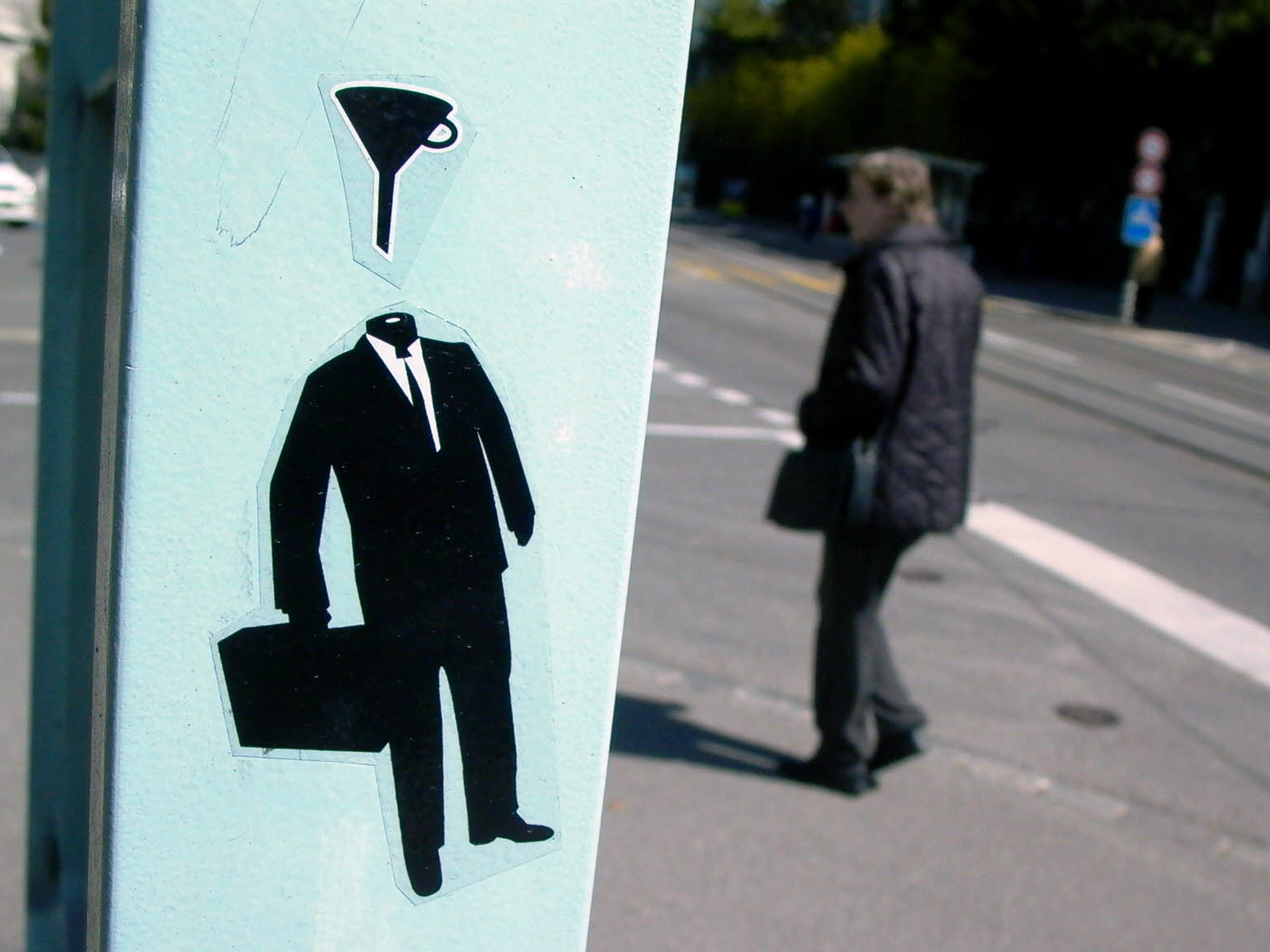
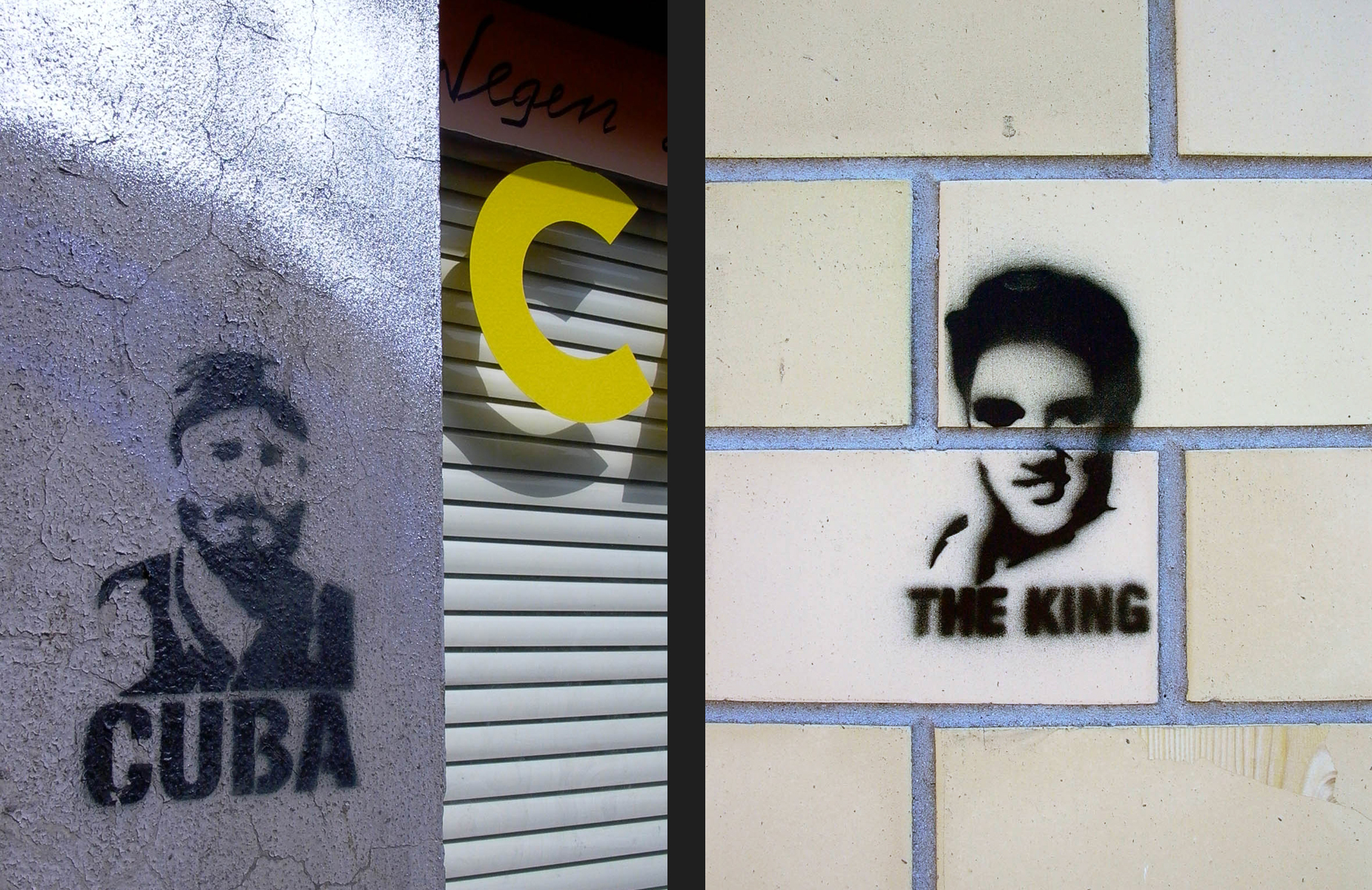
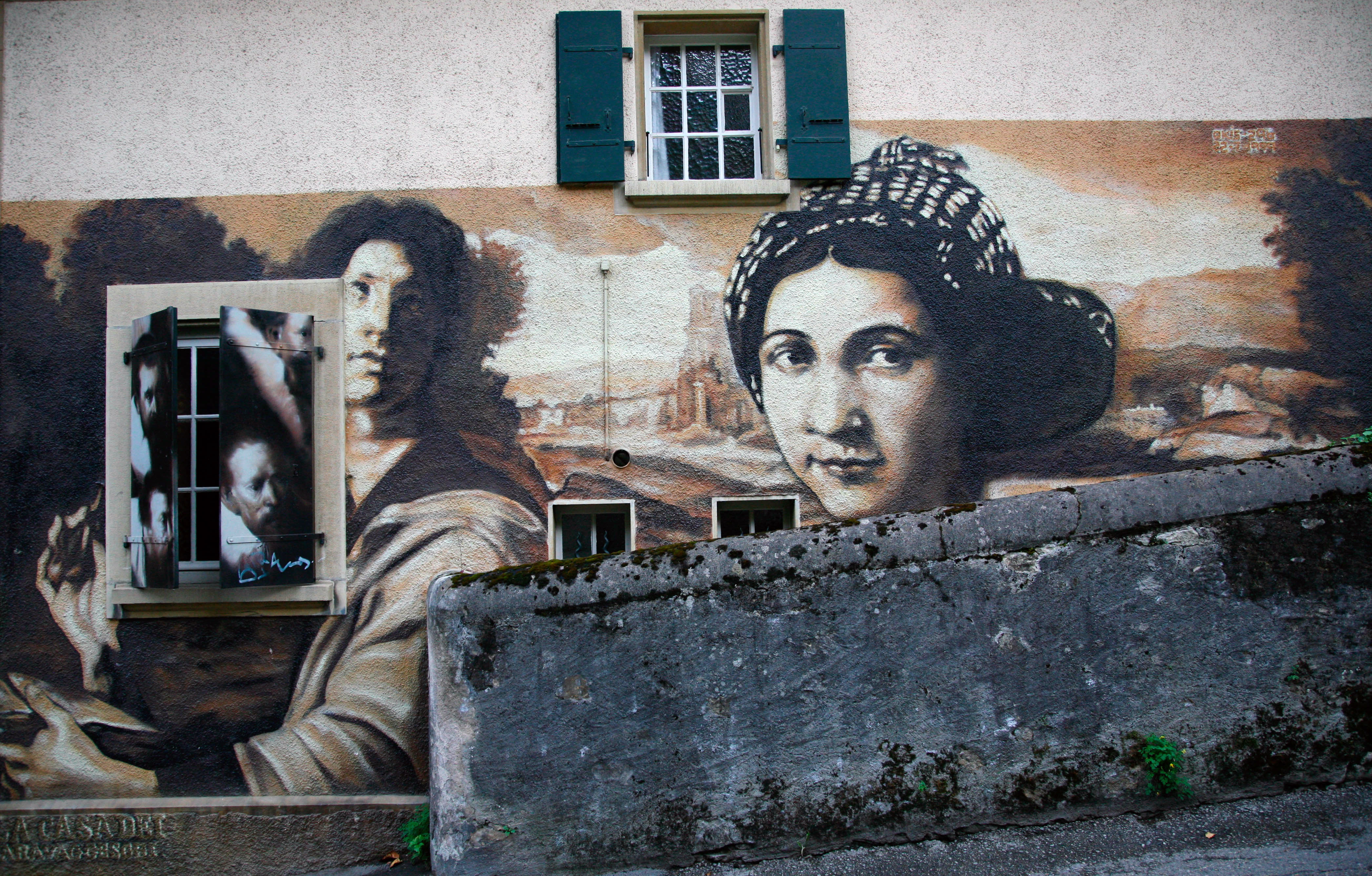
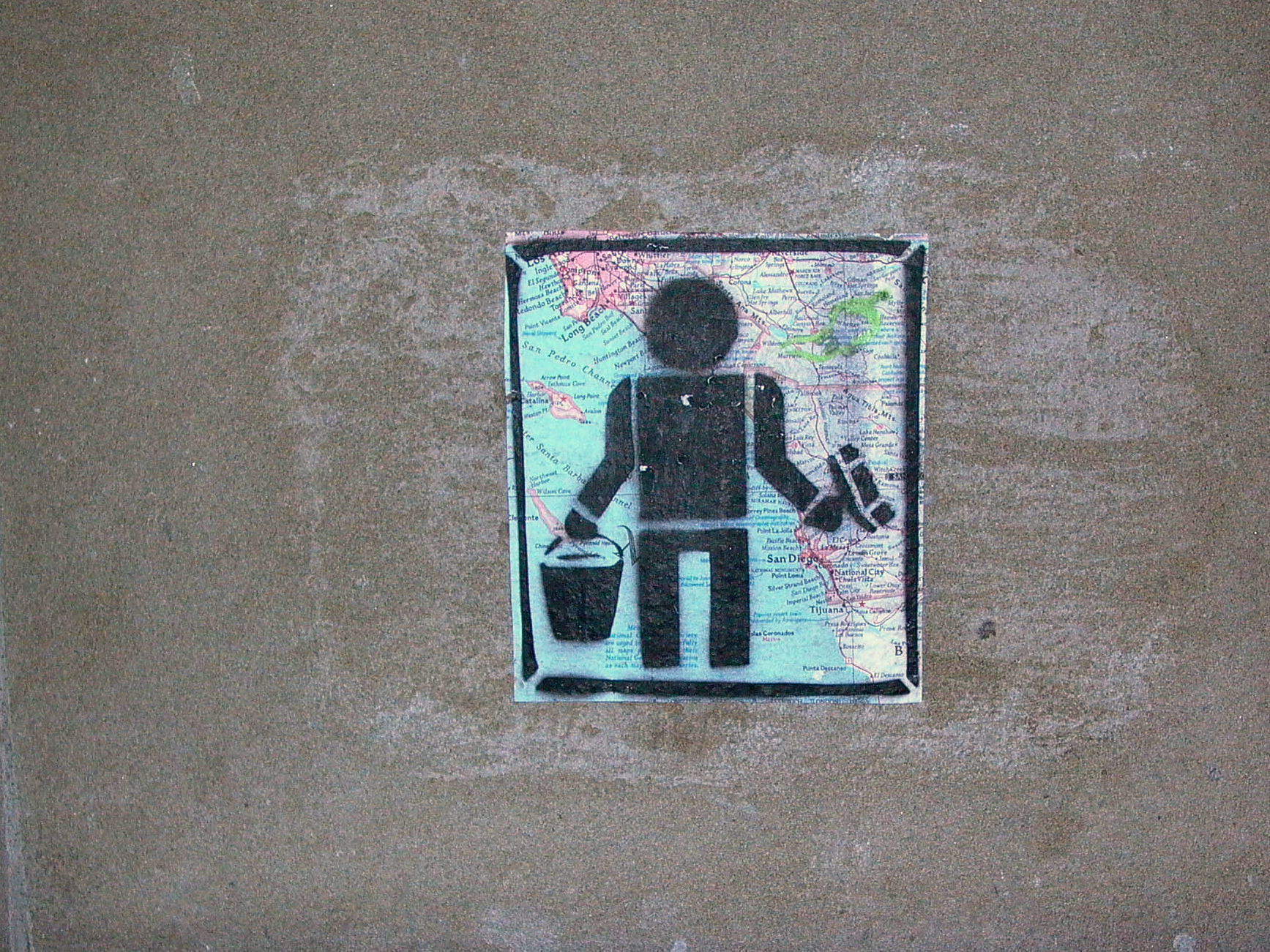
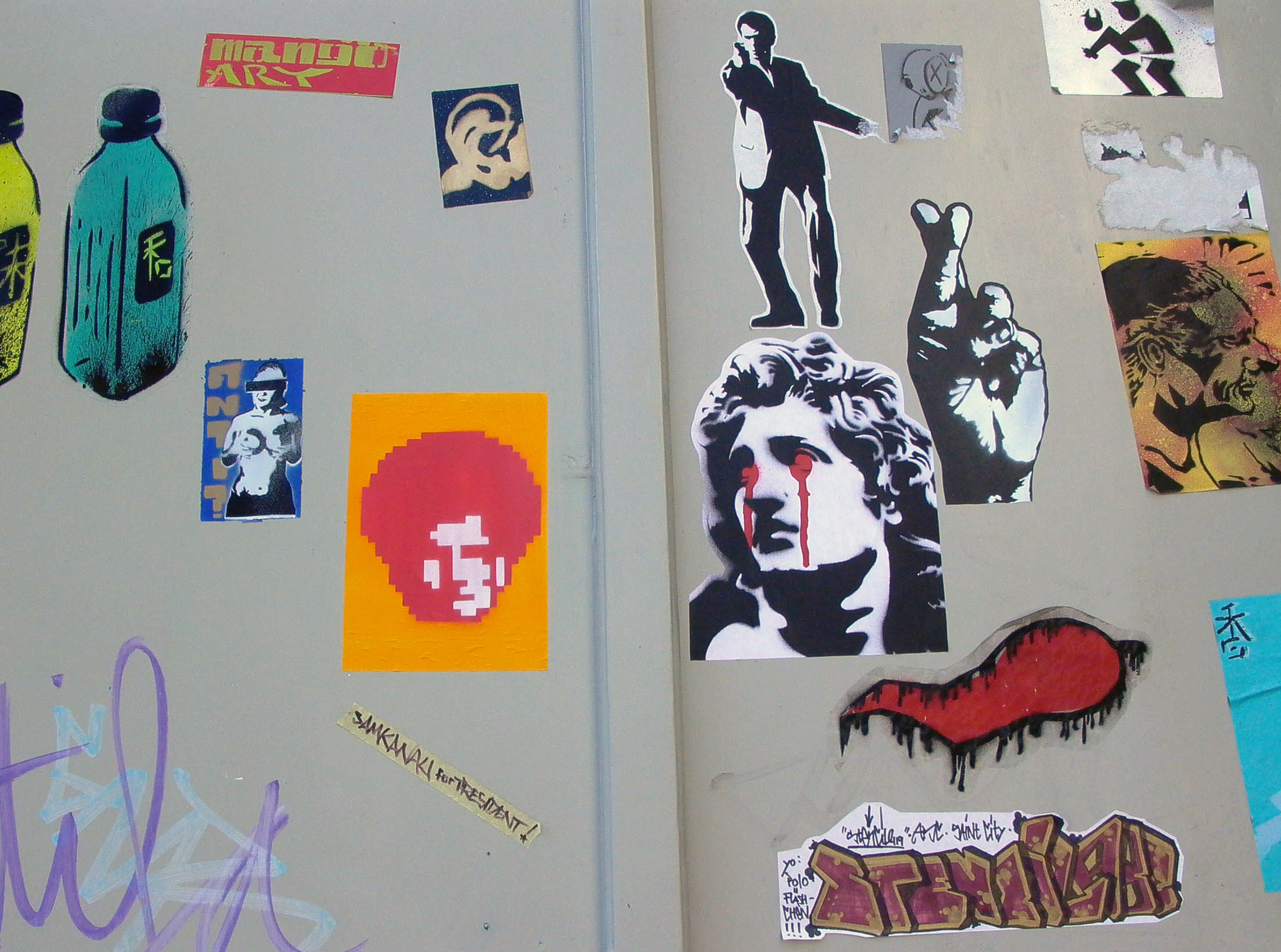

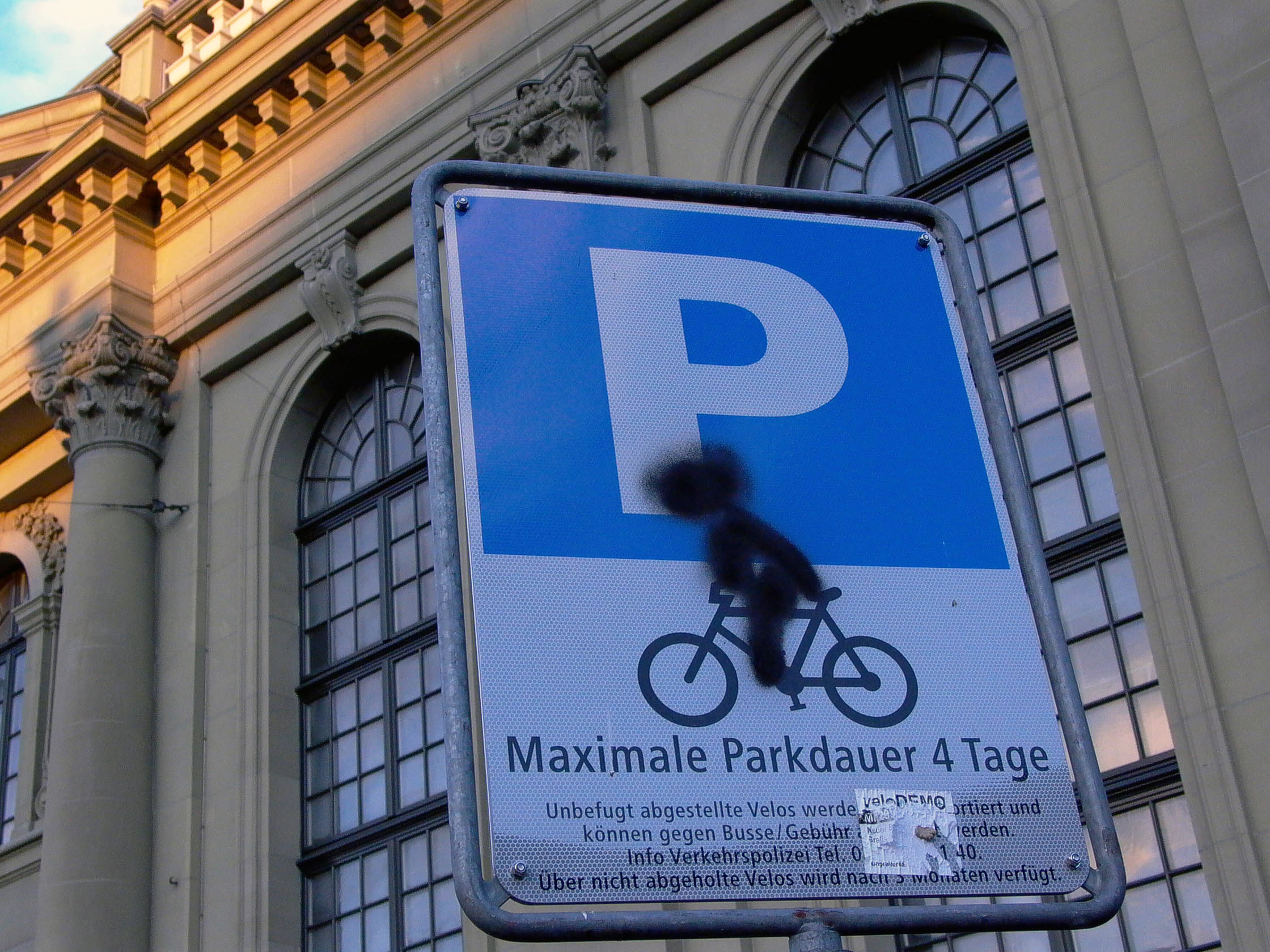
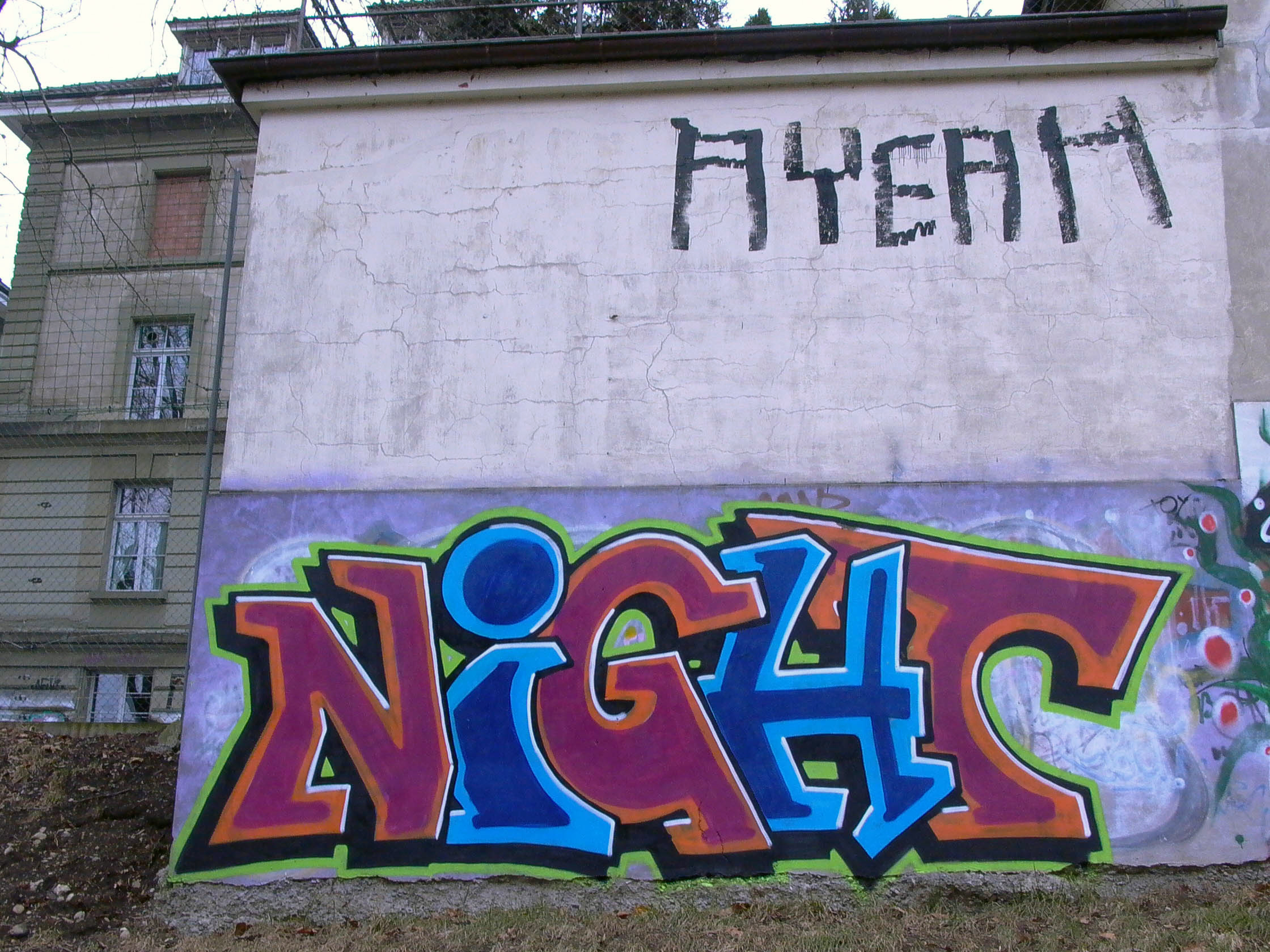

You can find an overview of ongoing debates with our journalists here . Please join us!
If you want to start a conversation about a topic raised in this article or want to report factual errors, email us at english@swissinfo.ch.